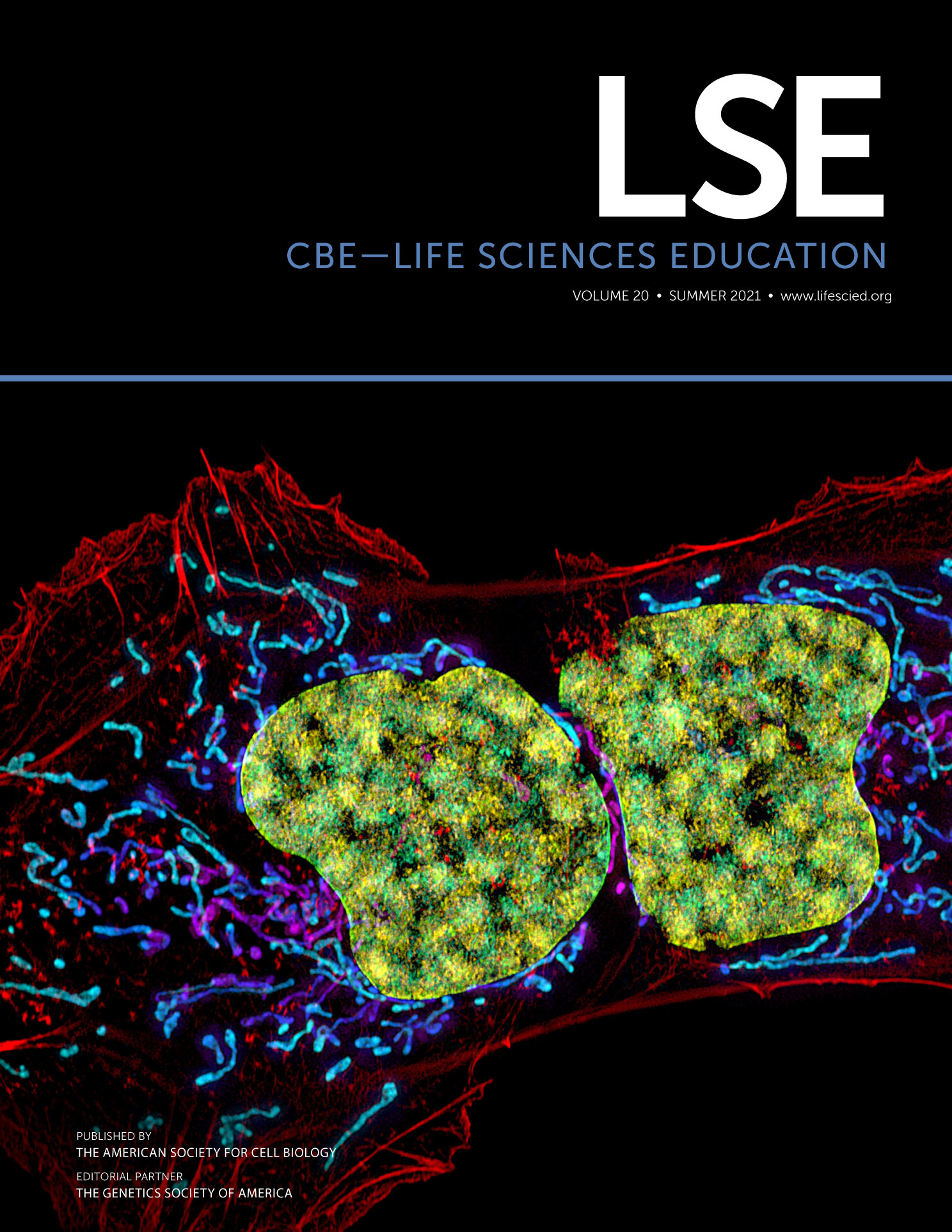Inside and Out: Factors That Support and Hinder the Self-Advocacy of Undergraduates with ADHD and/or Specific Learning Disabilities in STEM
Abstract
Self-advocacy is linked to the success and retention of students with disabilities in college. Self-advocacy is defined as communicating individual wants, needs, and rights to determine and pursue required accommodations. While self-advocacy is linked to academic success, little is known about how students with disabilities in science, technology, engineering, and mathematics (STEM) practice self-advocacy. We previously developed a model of self-advocacy for STEM students with attention-deficit/hyperactivity disorder (ADHD) and/or specific learning disabilities (SLD). Here, we use this model to examine what factors support or hinder self-advocacy in undergraduate STEM courses. We conducted semistructured interviews with 25 STEM majors with ADHD and/or SLD and used qualitative approaches to analyze our data. We found internal factors, or factors within a participant, and external factors, the situations and people, described by our participants, that influenced self-advocacy. These factors often interacted and functioned as a support or barrier, depending on the individuals and their unique experiences. We developed a model to understand how factors supported or hindered self-advocacy in STEM. Supporting factors contributed to a sense of comfort and security for our participants and informed their perceptions that accommodation use was accepted in a STEM course. We share implications for research and teaching based on our results.



